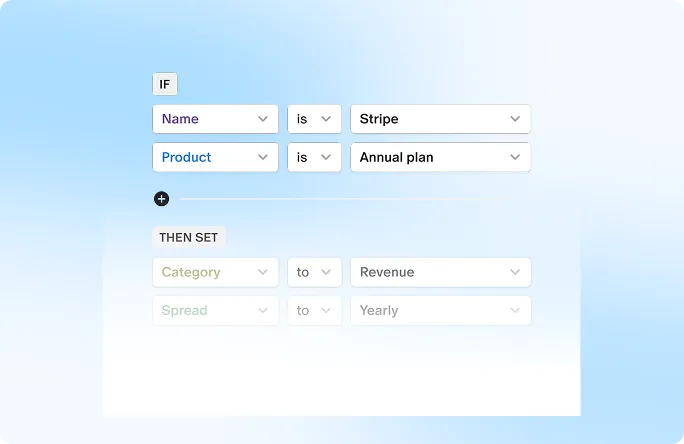When companies offer equity compensation, such as stock options or restricted stock units (RSUs), they typically come with a vesting schedule. Imagine being able to access your company stock options earlier than expected this is exactly what accelerated vesting allows.
Accelerated vesting allows employees to gain ownership of their stock faster than the original vesting schedule, often in special circumstances like mergers, acquisitions, or specific milestones.
But what triggers accelerated vesting, and how does it affect both employees and companies? How exactly does it work, and what are the benefits for both employees and companies? Let's break it down.
What is Accelerated vesting?
Accelerated vesting is a mechanism that allows employees to gain access to their equity compensation, such as restricted stock or stock options, at a faster rate than the standard vesting schedule. Typically, employees earn their shares over a set period, known as a vesting schedule, which can be time-based, or milestone based. However, certain events such as mergers, acquisitions, or initial public offerings (IPOs) can trigger accelerated vesting, allowing employees to access their shares more quickly.
This means that instead of waiting for the full vesting period, which can range from three to five years or more, employees can vest their shares or options sooner.
Types of Accelerated Vesting
There are two main types:
1. Single-trigger acceleration: This type allows employees to vest their stock immediately if a specific event happens, like the sale of the company. It's called "single trigger" because only one condition needs to be met for the vesting to occur.
2. Double-trigger acceleration: In contrast, double-trigger acceleration requires two conditions: a corporate event (e.g., merger or acquisition) and a subsequent change in the employee's status, such as termination or demotion. Only when both triggers are met does accelerated vesting take place.
How Does Accelerated Vesting Work?
Accelerated vesting lets employees access their stock or stock options faster before a normal vesting schedule. Typically, employees earn their equity over time as an incentive to motivate them and stick with the company for a long-term. However, when a company wants to reward or retain high-performing employees, they may accelerate this schedule, increasing the present value of the equity. While this benefits employees, it can create challenges for the company, as employees may leave after receiving their accelerated compensation.
Some common scenarios for accelerated vesting include:
1. Triggering Events: Corporate events like mergers, acquisitions, or IPOs can accelerate the vesting schedule, allowing unvested shares or options to vest either immediately or at a faster pace.
2. Change in Control: If the company undergoes a merger or acquisition, all or a portion of the unvested equity may vest immediately.
3. Termination Without Cause: Some agreements offer accelerated vesting if an employee is terminated without cause.
4. Tax Implications: Both the company and employee may face tax consequences from accelerated vesting, as the employee must pay taxes sooner and the company may incur expenses earlier.
How Common is Accelerated Vesting?
Accelerated vesting is slowly picking up in startup environments or high-growth companies, particularly where equity compensation forms a significant part of an employee's compensation package. It is often used as a retention tool to incentivize key employees to stay with the company during periods of uncertainty, such as mergers or leadership changes.
In large corporations, accelerated vesting is often reserved for senior executives and board members. The frequency of this provision also varies depending on the industry, with tech companies, where equity is a major component of compensation, leading the way.
Pros and Cons of Accelerated Vesting
Pros:
1. Employee retention and motivation: Accelerated vesting can serve as a powerful incentive for employees to stay engaged with the company, especially during mergers or acquisitions. The promise of immediate stock ownership can also motivate employees to hit performance milestones faster.
2. Protection for employees in uncertain times: For employees, accelerated vesting provides security in situations like corporate acquisitions, ensuring they don't lose the equity they've worked for, even if their employment status changes.
3. Attracting top talent: Offering accelerated vesting can make companies more attractive to prospective employees, particularly in competitive industries.
Cons:
1. Company Cash Flow: For the company, accelerated vesting can mean a significant expense all at once, which can impact cash flow.
2. Potential loss of long-term incentive: If employees receive their full stock option rights early, they may lose the long-term motivation to continue contributing at a high level. Once fully vested, employees may no longer feel the need to stay with the company for the entire vesting period.
3. Tax Implications: Accelerated vesting can create tax liabilities for employees, as they may need to pay taxes on vested shares sooner than anticipated.
Bottom-line
Accelerated vesting can be a powerful tool in equity compensation, offering potential benefits to both employees and companies. However, it's not a one-size-fits-all solution. Understanding the nuances of accelerated vesting is crucial for anyone dealing with equity compensation.
Whether you're negotiating a job offer, considering a startup opportunity, or simply trying to understand your current equity package, it's worth taking the time to understand accelerated vesting.
FAQs
1. What is an example of accelerated vesting?
Accelerated vesting occurs when a company shortens the vesting period for employee stock options. A common example is during a merger or acquisition, where unvested shares become fully vested. For instance, if a startup is acquired two years into a four-year vesting schedule, employees might immediately gain access to their remaining unvested shares.
2. What is accelerated vesting of Esops?
Accelerated vesting of ESOPs allows employees to gain ownership of their stock options faster than the original schedule. This typically happens during significant events like mergers, acquisitions, or IPOs. It can be single-trigger (activated by one event) or double-trigger (requiring two events, such as a change in company control and employee termination)
3. How do you get accelerated vesting?
Specific events usually trigger accelerated vesting:
1. Company acquisition, merger, or IPO
2. Employee termination or layoff (negotiated as part of severance)
3. Achievement of performance-based milestones
Some companies include accelerated vesting provisions in their stock option plans, while others may negotiate it on a case-by-case basis.
4. how common is accelerated vesting?
Accelerated vesting is becoming increasingly common, especially in startup environments and high-growth companies. In Europe, about one-third of startups offer full accelerated vesting to all employees. However, practices vary by region and company. Many firms now use it as a retention tool, particularly during periods of uncertainty or corporate changes.


 Equity management
Equity management

 Fund management
Fund management

 Fund management
Fund management

 Fund management
Fund management










































